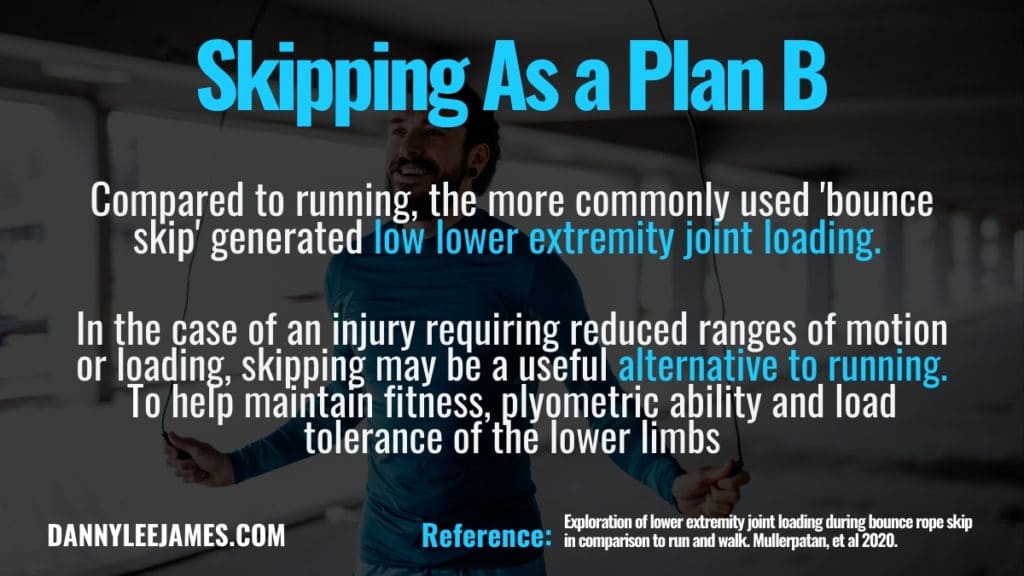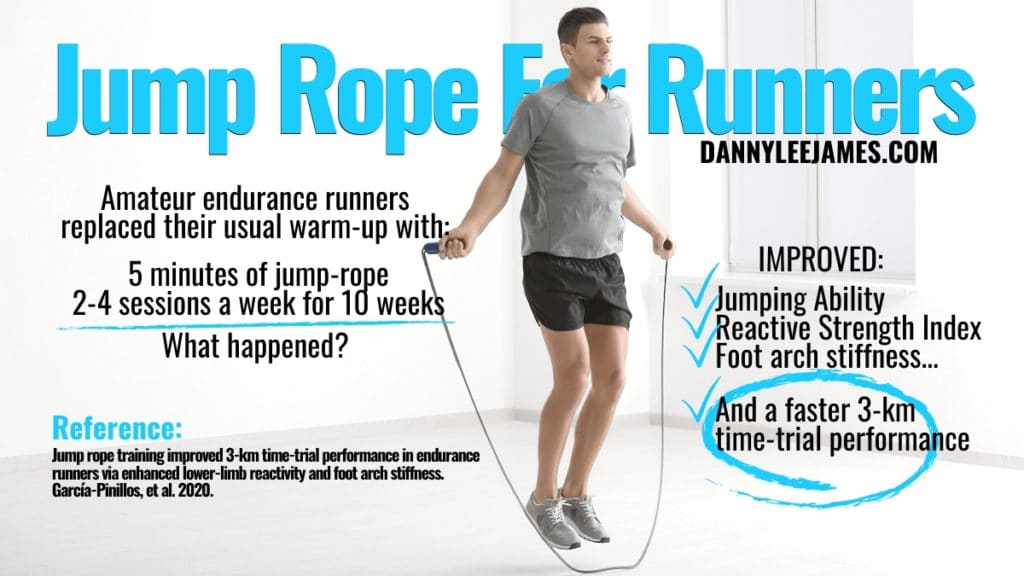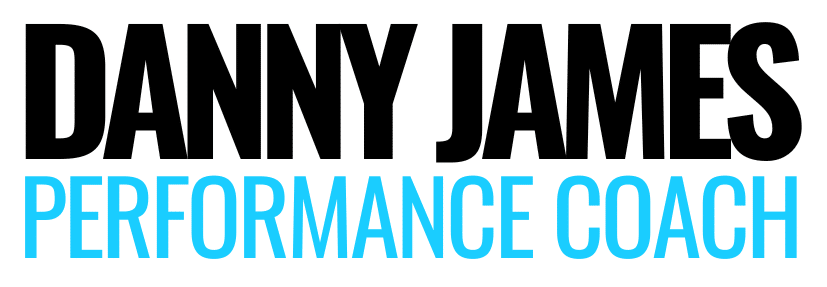Looking for some alternative and simple ways to improve running performance? Here’s a great study looking at the plyometric and performance outcomes of using a jump rope for runners.
Skipping, Leaps and Bounds
The science of preparing runners has made literal leaps and bounds in recent times. It was once thought of as a pure endurance activity. Hit the pavement, get your heart rate up, stretch and cross your fingers.
We now know there are also underlying threads of strength and explosiveness involved.
Layered onto fitness and technique, how a runner negotiates the ground is a critical factor not to be overlooked. Not only in performance but for buffering the high forces involved in running.
Strength training and plyometrics can make a dent here. Both are scalable at all levels.
To that end, incorporating jump rope work into your training routine may be a handy option. Skipping is less complex, self-limiting and helps to develop qualities needed to run efficiently (1).
Such as:
- Lower limb stiffness
- Reactive ability
- Full body coordination and rhythm
With implications reaching into many other sports that involve running, jumping and agility.
In fact, this has been a consistent theme in much of the research on jumping rope and sports performance. Evidence shows that skipping enhances stretch-shortening cycle ability (1,2,3,4).

Other Benefits of Jump Rope for Runners
A study by John Baker compared a daily 10-minute jump rope workout with 30 minutes of daily jogging. Both groups improved cardiovascular fitness equally as measured by the Harvard step test (5).
That’s one-third of the time for the same results.
Another study on male middle school students had similar findings. A 7-week jump rope program saw big improvements in cardiovascular endurance and agility. Sprint performance also improved a small amount (6).
These results would suggest skipping could also be a useful cross-training exercise.
In the case of an injury requiring reduced ranges of motion, skipping can be an alternative. Not only to maintain fitness but also load tolerance of the lower limbs (7).
Mullerpatan, et al (2020) explored joint loading differences during rope-skipping, running and walking. Compared to running, the bounce rope-skip generated low lower extremity joint loading (8).
Not surprising, due to the smaller angles and double-leg support in the bounce. But these findings have important implications for load management and reducing injury risk.
And this brings us to our highlight study.

Effects of Jump Rope Training As a Warm-Up Before Running
The aim was to use a jump rope for runners as part of their warm-up to assess the following:
- Jumping performance (countermovement jump, squat jump and drop jump)
- Reactivity (RSI) calculated from a 30cm drop jump
- Foot arch stiffness
- 3-km time-trial performance
96 amateur endurance runners aged between 18-40 took part in this study.
Athletes were randomly assigned to an experimental (n=51) or control (n=45) condition.
The control group performed their usual warm-up protocol. Experimental replaced their usual warm-up with 5 minutes of jumping rope, 2-4 times per week for 10 weeks.
Results
There were no significant changes reported for the control group. The rope-jump workout results showed a huge difference between pre and post measures.
There were improvements in jumping ability, reactive strength index, and arch stiffness. This led to improved speed and plyometric ability and a faster 3 km time-trial performance.
It appears jump rope training may be a useful tool for the running population. In some cases, an alternative to the regular running routine.
It can be an option when modified training is necessary due to injury. Skipping can provide an effective cross-training or maintenance stimulus as well. Minimising the cost of more specific stressors involved in running.
In the very least you might use it to prepare the nervous system and tissues for the run ahead.

Closing Thoughts
Skipping may offer a useful adjunct to or replacement for running in certain situations.
Research has shown clear benefits owing to its ease of use and wide applicability in sport. The benefits include enhanced fitness, plyometric ability and running speed.
As always though, an audit for suitability is best to determine if it’s a worthwhile addition to a program. For the obvious reasons of avoiding a larger recovery cost or injury risk.
References
- Jump rope training improved 3-km time-trial performance in endurance runners via enhanced lower-limb reactivity and foot arch stiffness. García-Pinillos, et al. 2020.
- Possibility of stretch-shortening cycle movement training using a jump rope. Miyaguchi, et al 2014
- Acute effects of rope jumping warm-up on power and jumping ability in track and field athletes. Makaruk, 2013.
- Jump rope training: balance and motor coordination in preadolescent soccer players. Trecroci, et al. 2015
- Comparison of rope skipping and jogging as methods of improving cardiovascular efficiency of college men. Baker, 2013.
- Effects of 7 weeks of rope-jump training on cardiovascular endurance, speed, and agility in middle school student boys. Partavi, 2013
- Lower-limb joint kinetics in jump rope skills performed by competitive athletes. Bruce, et al. 2020
- Exploration of lower extremity joint loading during bounce rope skip in comparison to run and walk. Mullerpatan, et al 2020.








[…] For example, they work with the quads to produce push-off, deceleration and prevent collapse during running (2). Not to mention, ankle stiffness and arch-support for more efficient ground reactions. […]